In this article, we will explore the benefits and impact of continuous LED lighting on photography.
The Evolution of Lighting in Photography
Photography is all about capturing light, and lighting plays a crucial role in setting the mood, emphasizing details, and creating stunning visual effects. In the past, photographers relied on traditional lighting equipment such as strobes and flashes. While these lighting tools were effective, they had some limitations.
Enter continuous LED lighting. Unlike strobes and flashes, which produce a short burst of intense light, continuous LED lighting provides a constant source of illumination. This has revolutionized the way photographers work, enabling them to achieve more consistent and predictable results.
Advantages of Continuous LED Lighting for Photographers
Continuous LED lighting offers several advantages over traditional lighting options, making it a game-changer for photographers. Here are some key benefits:
- Energy Efficient: LED lights consume significantly less energy compared to traditional lighting options. This not only reduces electricity costs but also makes them more environmentally friendly.
- Consistency and Accuracy: LED lights provide consistent color temperature and accurate lighting, ensuring predictable results. This is crucial for photographers who require precise control over lighting conditions.
- Continuous Lighting: Unlike strobes or flashes, continuous LED lighting allows photographers to see the lighting effects in real-time. This helps them visualize and adjust the lighting setup without any guesswork.
- Customizable Lighting: LED lights offer flexibility in adjusting the intensity and color temperature to achieve the desired lighting effect. This versatility allows photographers to experiment and unleash their creativity.
- Long Lifespan: LED lights have a significantly longer lifespan compared to traditional lighting options. This means photographers can rely on their continuous LED lighting setup for a longer period before needing to replace or maintain the lights.
Applications of Continuous LED Lighting in Photography
The applications of continuous LED lighting in photography are diverse and extensive. Here are some areas where continuous LED lighting has had a significant impact:
Portrait Photography:
Continuous LED lighting is widely used in portrait photography due to its consistent and controllable lighting. It helps photographers capture the subject’s facial features and expressions with precision and clarity.
Product Photography:
When it comes to product photography, every detail matters. Continuous LED lighting allows photographers to illuminate objects and control shadows effectively, resulting in striking product images for e-commerce platforms, catalogues, and advertising campaigns.
Video Production:
With the rise of video content, continuous LED lighting has become an essential tool for videographers. It provides a constant source of illumination for filming interviews, documentaries, music videos, and more.
Key Takeaways
- Continuous LED lighting has revolutionized the way photographers work, offering consistent, accurate, and customizable lighting solutions.
- It provides energy efficiency, long lifespan, and real-time visualization of lighting effects.
- Continuous LED lighting finds applications in portrait photography, product photography, and video production.
- Photographers can achieve precise control over lighting conditions, resulting in high-quality and professional-looking photographs.
Continuous LED lighting has undoubtedly disrupted the world of photography. Its advantages in terms of energy efficiency, consistency, and customization have made it a go-to choice for photographers across various disciplines. Whether you are a professional photographer or a hobbyist, embracing the game-changing impact of continuous LED lighting can take your photography to new heights.
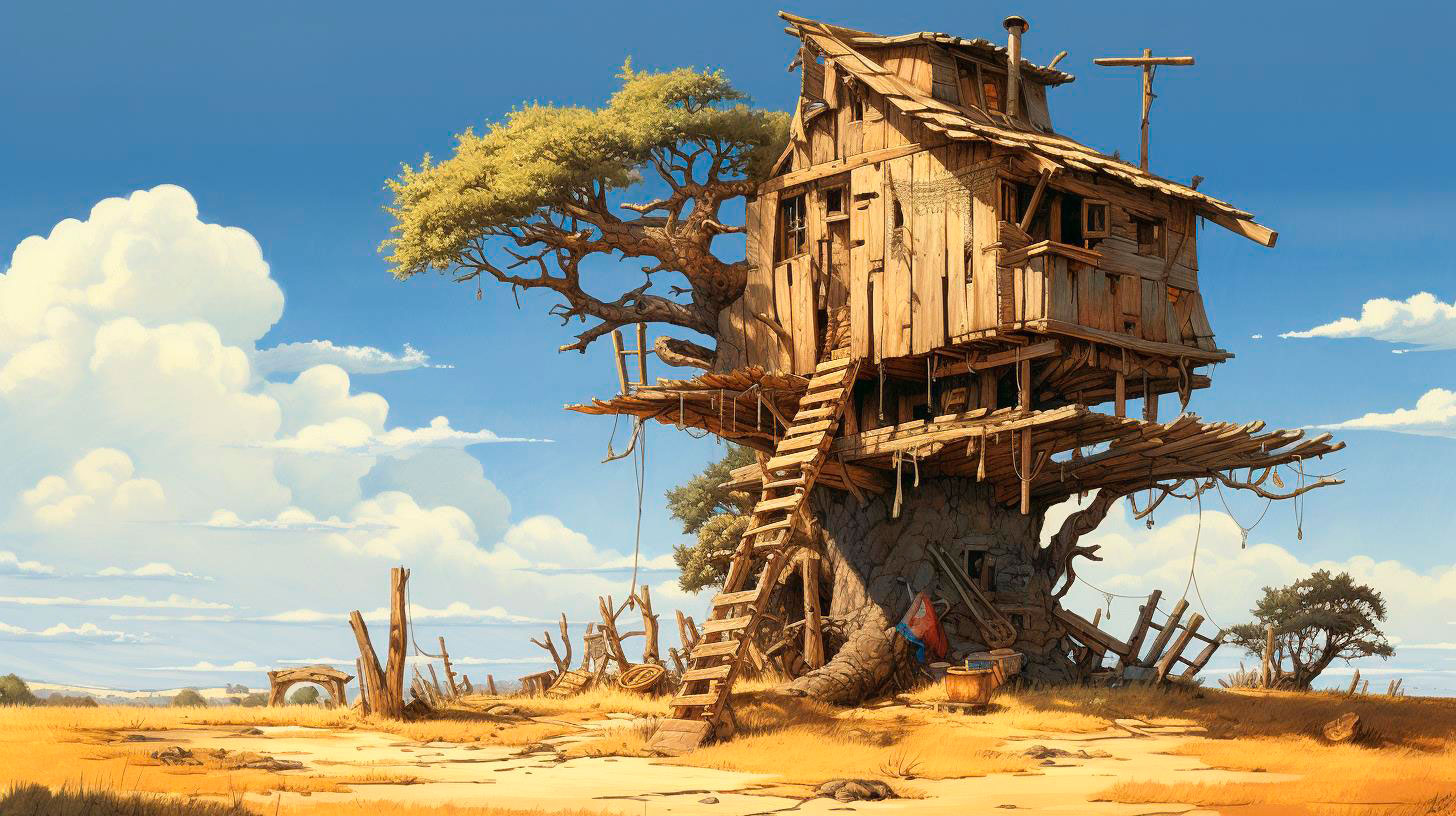

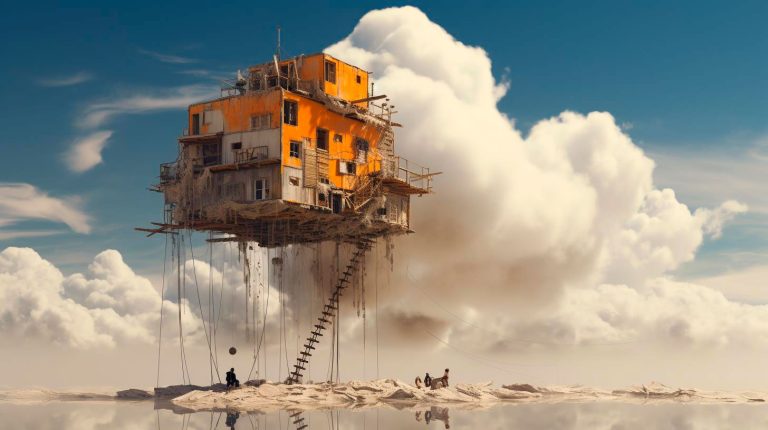
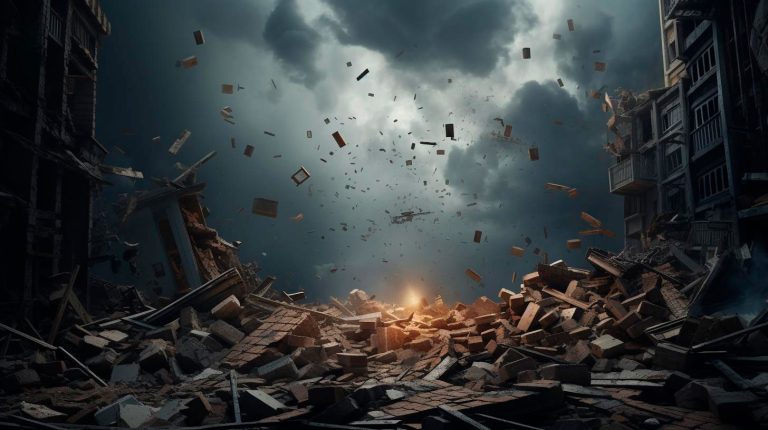


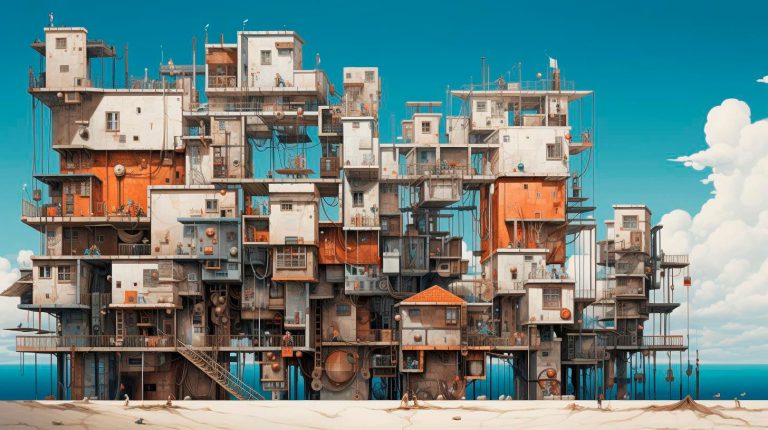
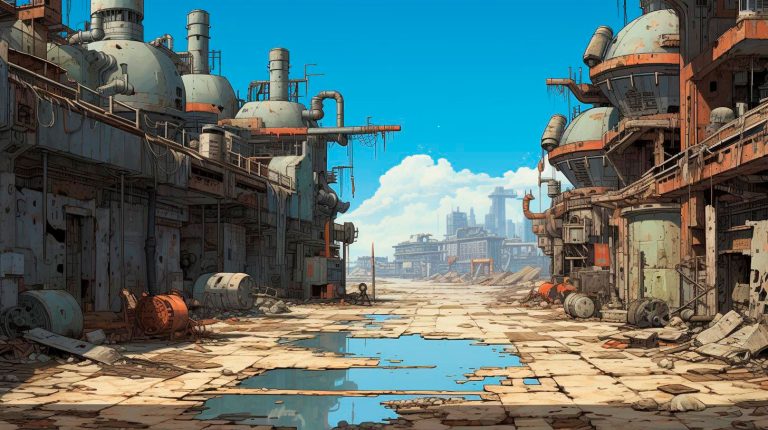

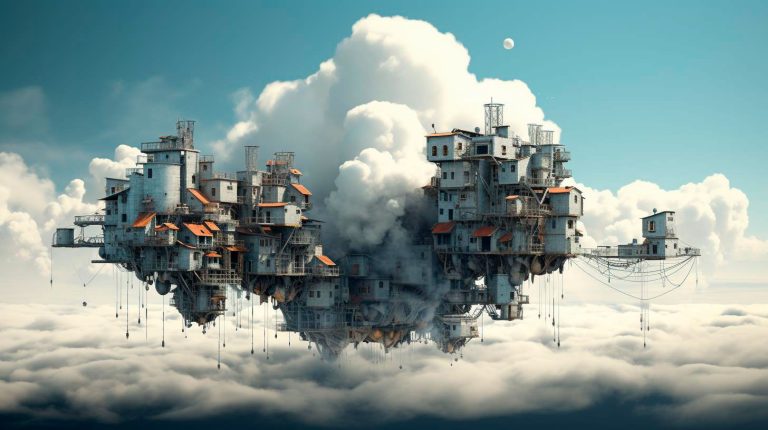
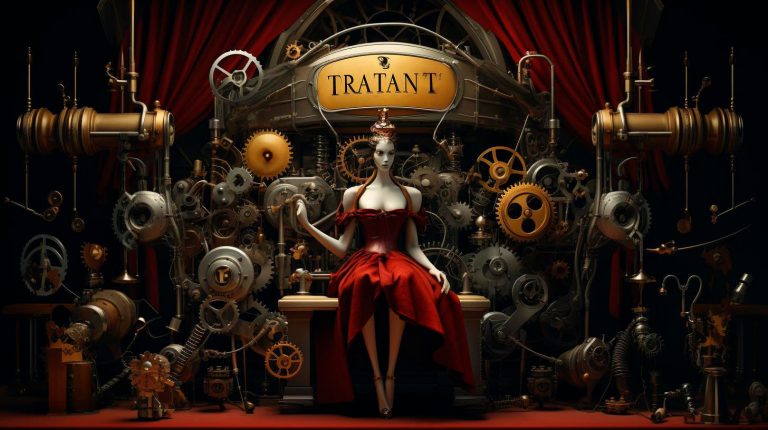





+ There are no comments
Add yours